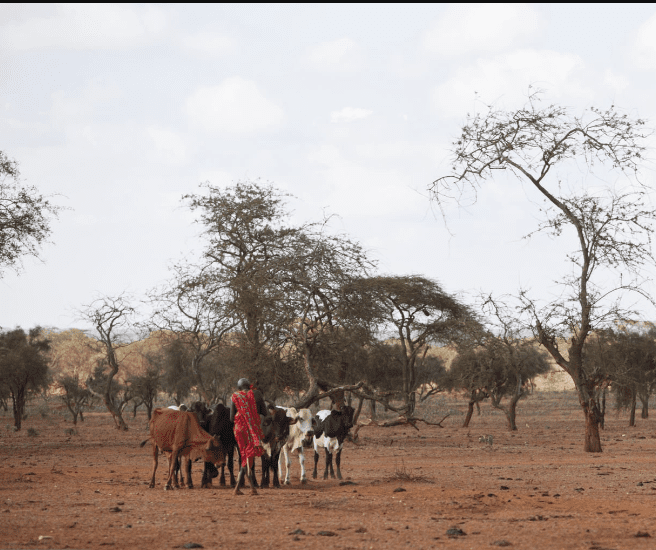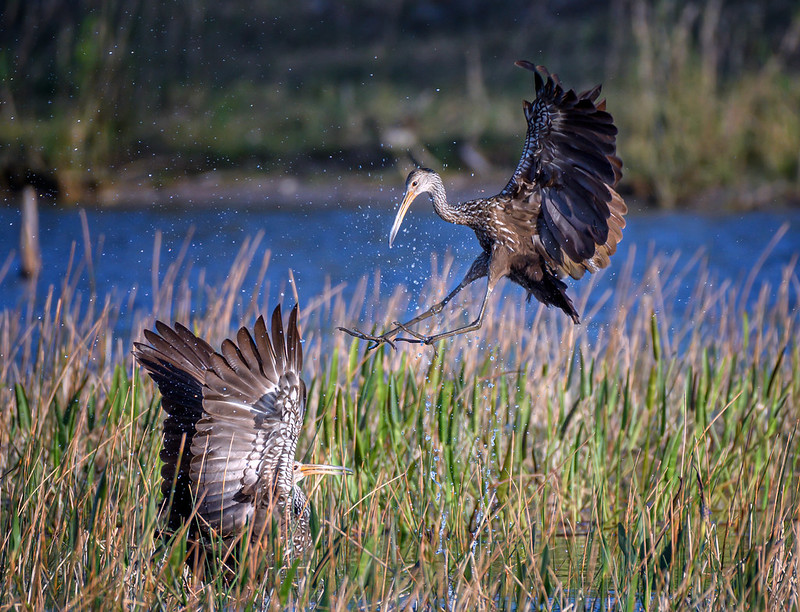Can You See Rhinos in Kenya’s Ol Pejeta?
Kenya is a land of breathtaking landscapes, diverse wildlife, and unforgettable safari experiences. Among its many treasures, rhinos stand out as one of the most iconic and endangered species on the planet. If you’ve ever wondered, “Can you see rhinos in Kenya’s Ol Pejeta?”—the answer is a resounding yes! Ol Pejeta Conservancy is not only one of the best places in Africa to witness these magnificent creatures but also a beacon of hope for their survival.
In this inspirational journey, we’ll explore the beauty of Ol Pejeta, the critical role it plays in rhino conservation, and why encountering these gentle giants in the wild is a life-changing experience.
The Majestic Rhinos of Ol Pejeta
Ol Pejeta Conservancy, located in Laikipia County, Kenya, is a sanctuary for both black and white rhinos. It is home to the largest population of black rhinos in East Africa and serves as a refuge for the last two remaining northern white rhinos on Earth—Najin and Fatu. These incredible animals, once roaming freely across Africa, now depend on human protection to survive.
Why Rhinos Matter
Rhinos are more than just awe-inspiring creatures; they are keystone species that play a vital role in their ecosystems. By grazing and browsing, they help maintain the balance of plant life, which in turn supports other wildlife. Their presence signifies a healthy environment. Yet, despite their importance, rhinos face relentless threats from poaching and habitat loss.
Ol Pejeta stands as a fortress against these threats, employing cutting-edge conservation techniques, including 24/7 armed surveillance, veterinary care, and community engagement programs. The conservancy’s dedication ensures that future generations will still have the privilege of seeing rhinos in the wild.
A Sanctuary of Hope
Visiting Ol Pejeta is not just about spotting rhinos—it’s about witnessing a story of resilience and hope. The conservancy’s efforts have led to successful breeding programs, anti-poaching victories, and groundbreaking scientific research. One of the most heartwarming aspects of Ol Pejeta is the story of Sudan, the last male northern white rhino, who lived his final years under the conservancy’s protection. Though Sudan passed away in 2018, his legacy lives on through ongoing efforts to save his subspecies using advanced reproductive technologies.
The Emotional Impact of Seeing Rhinos in the Wild
There’s something profoundly moving about standing before a rhino in its natural habitat. Their sheer size, gentle demeanor, and ancient presence evoke a deep sense of connection to the wild. For many visitors, the experience is transformative—a reminder of humanity’s responsibility to protect Earth’s most vulnerable creatures.
Imagine watching a black rhino cautiously emerge from the bushes, its powerful frame moving gracefully across the savanna. Or observing the last two northern white rhinos, Najin and Fatu, grazing peacefully under the watchful eyes of their caretakers. These moments are not just photographs; they are powerful encounters that inspire action and compassion.
How Ol Pejeta is Leading the Way in Rhino Conservation
1. Anti-Poaching Efforts
Poaching remains the biggest threat to rhinos, driven by the illegal demand for their horns. Ol Pejeta employs a highly trained security team, sniffer dogs, and state-of-the-art surveillance technology to protect its rhinos. Their success has made the conservancy a model for wildlife security across Africa.
2. Community Involvement
Conservation cannot succeed without local support. Ol Pejeta works closely with neighboring communities, providing education, healthcare, and employment opportunities. By showing that rhinos are worth more alive than dead, the conservancy fosters a culture of protection rather than exploitation.
3. Innovative Science
With the northern white rhino functionally extinct, Ol Pejeta is at the forefront of scientific efforts to revive the species. Through in-vitro fertilization (IVF) and stem cell research, scientists are working to create new embryos that could one day restore the population.
4. Sustainable Tourism
Tourism plays a crucial role in funding conservation. By visiting Ol Pejeta, travelers directly contribute to the protection of rhinos and other wildlife. The conservancy offers game drives, guided walks, and even behind-the-scenes conservation tours, allowing visitors to witness the hard work that goes into saving these animals.
Why You Should Visit Ol Pejeta
If you’re seeking an adventure that combines wildlife wonder with purpose, Ol Pejeta should be at the top of your list. Here’s why:
Guaranteed Rhino Sightings: Unlike many parks where rhinos are elusive, Ol Pejeta’s high density ensures you’ll see them up close.
A Story of Survival: You’ll leave with a deeper understanding of conservation challenges and triumphs.
Diverse Wildlife: Beyond rhinos, the conservancy is home to lions, elephants, cheetahs, and even chimpanzees in a dedicated sanctuary.
Ethical Tourism: Your visit supports real, impactful conservation work.
A Call to Action: Protecting Rhinos for Generations to Come
The story of rhinos in Ol Pejeta is both heartbreaking and hopeful. While the threats they face are severe, the progress made by dedicated conservationists proves that extinction is not inevitable. Each one of us can play a part in ensuring rhinos don’t disappear from our planet.
How You Can Help:
Visit Ol Pejeta: Tourism funds conservation.
Donate: Support organizations working to protect rhinos.
Spread Awareness: Share the story of Ol Pejeta’s rhinos to inspire others.
Advocate Against Poaching: Support bans on illegal wildlife trade.
A Future with Rhinos
Standing in the presence of a rhino is a humbling experience—one that reminds us of the fragility and beauty of life. Ol Pejeta Conservancy offers more than just a safari; it offers hope. Hope that with determination, innovation, and global cooperation, we can rewrite the fate of these ancient giants.
So, can you see rhinos in Kenya’s Ol Pejeta? Absolutely. And when you do, you’ll witness not just an animal, but a symbol of resilience, a testament to human dedication, and a living legacy worth fighting for.
Plan your visit. Be part of the story. Help ensure that rhinos continue to roam the wild for generations to come.



